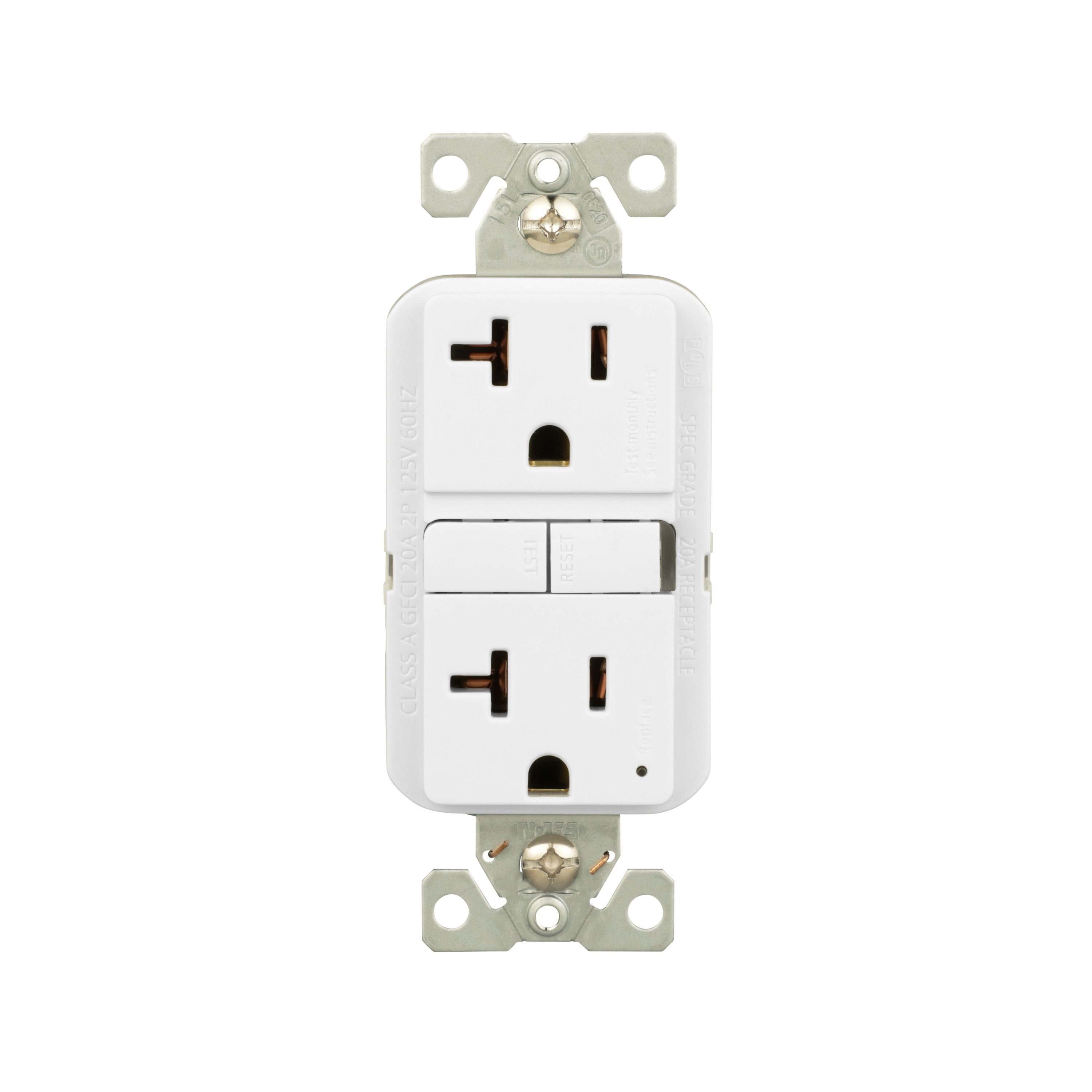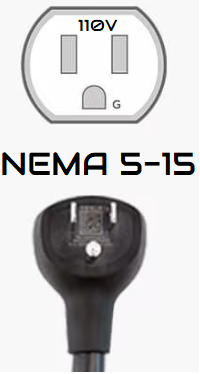The third wire is the "ground" wire. The female side of the extension cord is clear plastic so you can see the wire connections inside.
I don't have the wire anymore to snap pictures. It may have been more than just the 3rd wire. It was obvious something had happened and so that was that and i didn't inspect it more closely and threw it away so it would never be accidentally used again.
This was a 25ft 10 gauge wire. The one below. Not exactly a cheap wire.
Previously I had fried a 10 gauge Yellow Jacket wire but it was more than 25 feet (50 or more..can't remember..had it for years..rarely used) and I figured it was simply a too long of a cord length issue so i switched to 25.
I have been home charging since May 2023 and now on my 3rd extension cord (25ft 10/3 gauge wire from Iron Forge)
For what it's worth, the SO and I had tried using a $RANDOM extension cord from our garage and, like many others, discovered that the voltage drop along the wire was big enough to trip the Tesla's Save-The-Day function, where it drops the current being drawn to a level that, presumably, won't cause burns and such.
The idea here is that a Tesla can't tell the difference between a faulty socket/bad wiring job/etc. and an extension cord whose wire gauge is Just Too Darn Small. So in the interests of not burning the house down, the current gets reduced from (with a NEMA5-15) from 12A to 8A or so. Since power dissipation goes as the square of the current (I*I*R), that reduces any potential heating by a ratio of 8*8/(12*12) = 44%. It's guessed that it does this by sampling the voltage at the car with no current drawn; then sampling the voltage
with current drawn, comparing, then doing the save-the-day reduction. I guess that if the voltage drop is humongous, the Tesla will simply refuse to charge.
So, feeling somewhat bloody minded after the SO was unable to charge on a trip to a friend's house, far away, I showed up at Home Depot and started looking very carefully at what they had for sale. It was interesting: A lot of big text all over their extension cords for sale saying HEAVY DUTY, but not a darn thing about what wire gauge was in there. I got the impression that Heavy Duty, at least at Home Depot, simply meant Lots of Plastic Insulation. Copper being a lot more expensive than plastic.
The next step was a trip to Harbor Freight, a place known to sell to contractors and the like. It was an eye-opener. If they said that they had a 15A, 25' extension cord, it really was one of those things, cost a lot more than the Home Depot Specials, and the gauge was printed on the package. Further, if one bought (say) a 50', 15A cord, it was a
lot more expensive than the 25-footer, presumably because, when one is trying to control the voltage drop, a 50' cord needs a lot bigger gauge wire to keep the voltage drop under control. They also had 20A 120VAC extension cords of various lengths and Even More Expense, complete with the right-angle blade one sees on a NEMA5-20 connector.
If memory serves, they also had 100' extension cords with eye-watering prices. I've since heard around here that when running, say, a circular saw, said saw can be damaged if there's too much voltage drop, but there are people who know lots more about that than I do.
In any case, snagged one of the heavy ones, 25' I think, took it to the garage at home, and did an A vs. B comparison. The $RANDOM extension cord caused current reduction: The Harbor Freight didn't. One each of the HF ones live in the wells of each of the trunks of the M3 and MY in the garage.
Now.. Don't know where you got your extension cord, but "clear plastic" sounds, well, a little.. suspicious. The ones at HF look like the rugged ones that get dragged through undeveloped lots and all. Is it possible that you got your 10 Ga. wire, but the actual construction of the female socket wasn't up to snuff?
If something Didn't Work at a contracting site, I imagine that an irritated contractor would show up at HF with Words; that won't happen very much with an Amazon knock-off.





